Geospatial Analysis Knowledge
We provide practical and informative knowledge to get used to with Geospatial technology in various applications from beginner level to become an expert.
Our Courses
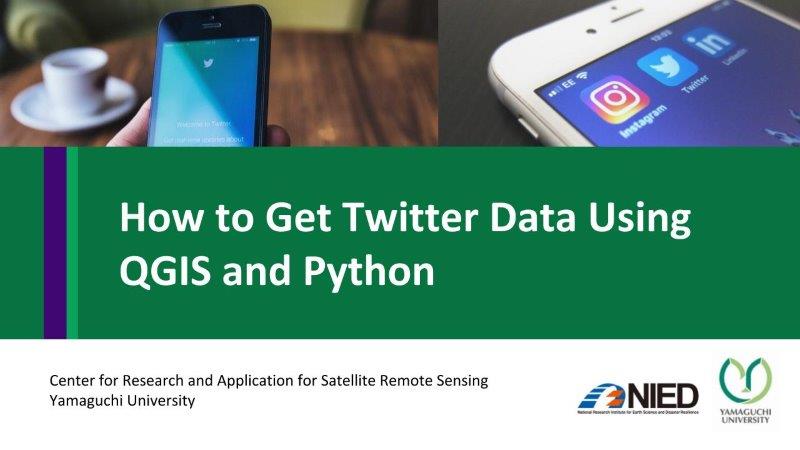
This content shows how to get Twitter geo-located data using QGIS (1. Installation of QGIS and Plugin 2. Twitter API application, and 3. Example of getting data from Twitter API)....
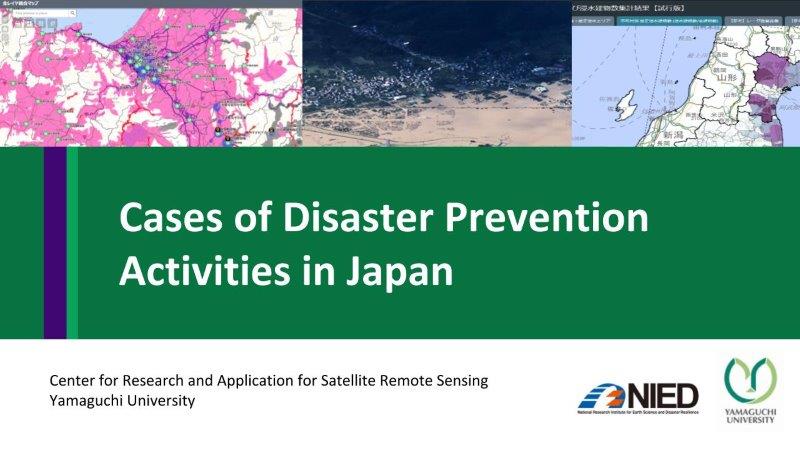
This content describes disaster prevention activities in Japan, disaster management system, information support team (ISUT) for information sharing, Strategic innovation promotion program (SIP), and the case of remote sensing data...
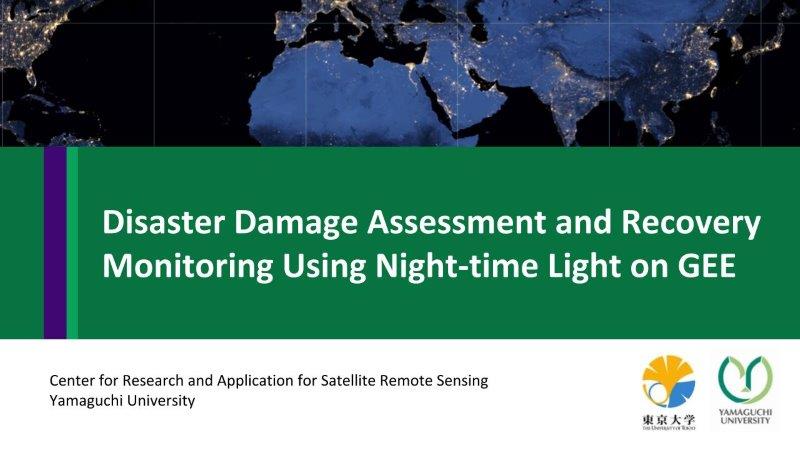
This content shows the possibility and useful cases of night-time light data to assess disaster damages and recovery in post-disaster situations such as Hokkaido earthquake, dam eruption in Laos and...
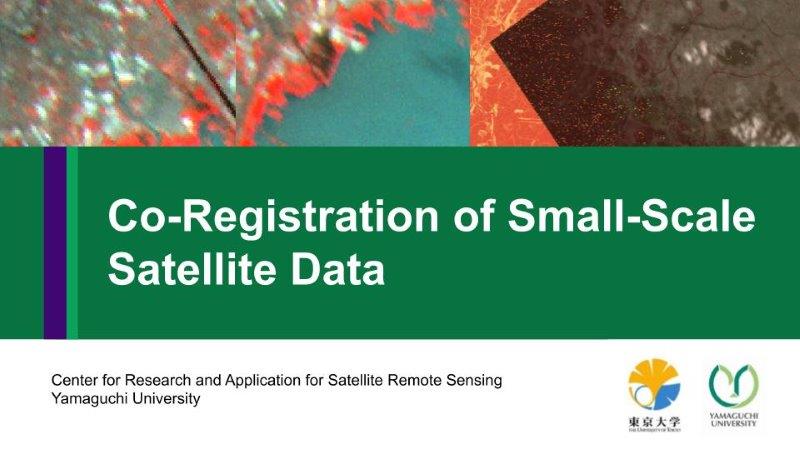
This content presents a guide to access satellite (Landsat-8) and microsatellite (Diwata), and how to use gdal and AROSIC (Python-based open-source software) for co-registration.
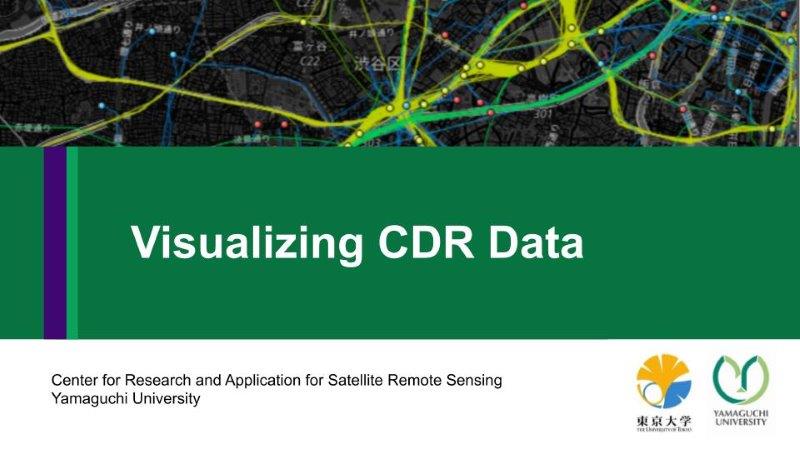
This content describes Call Detail Records (CDR) data format, data acquisition method, visualize in Mobmap and the applications for disaster management.
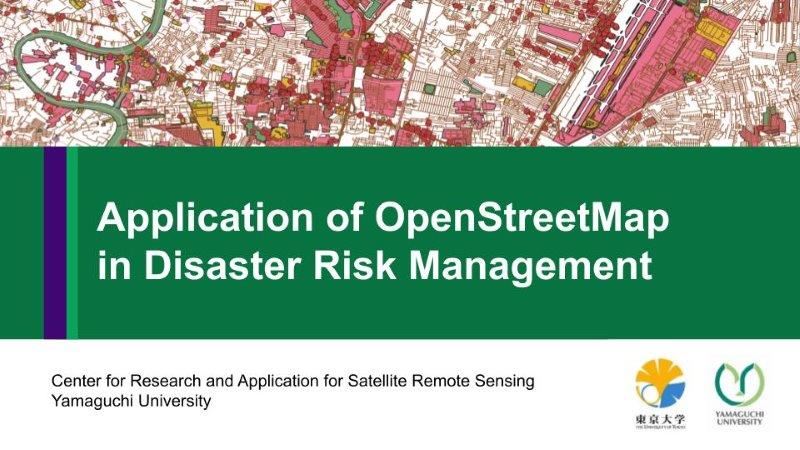
This content presents the four procedures were investigated in detail with an emphasis on simplicity for application to disaster management (download from OSM website, download using QGIS plugin, download a...
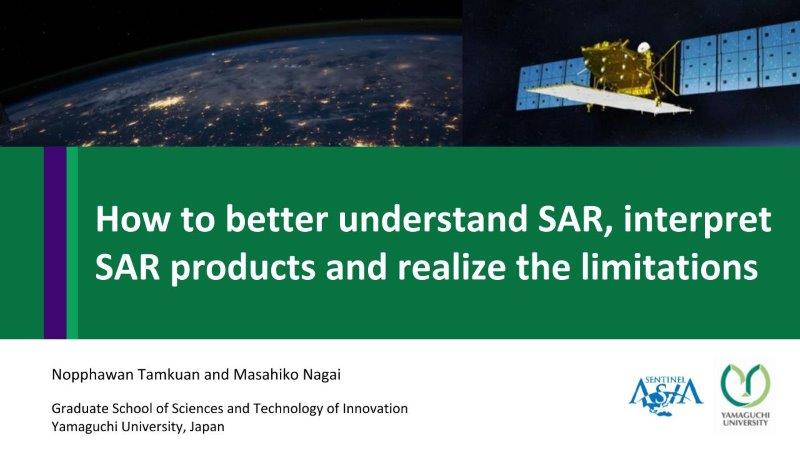
This content shows how to better understand SAR (how to interpret SAR images and read SAR interferogram ). Moreover, capacities and limitations of SAR are discussed for each disaster emergency...
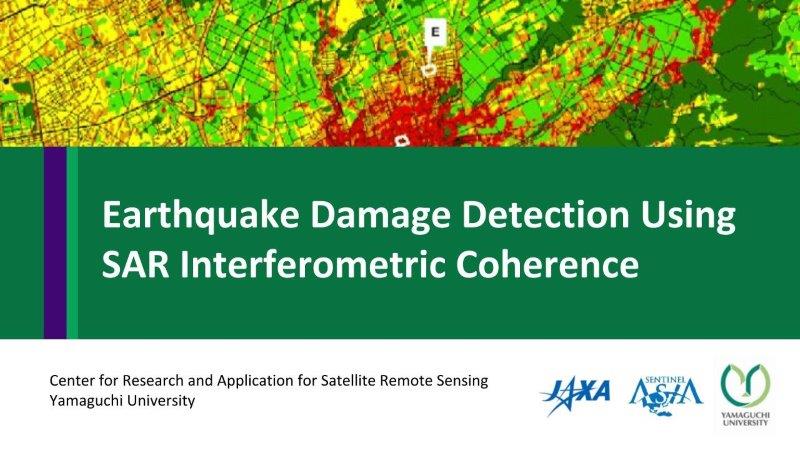
This content presents how to apply interferometric analysis for damage detection. The case study is the Kumamoto earthquake in 2016. ALOS-2 images are used to calculate interferometric coherence, and estimate...
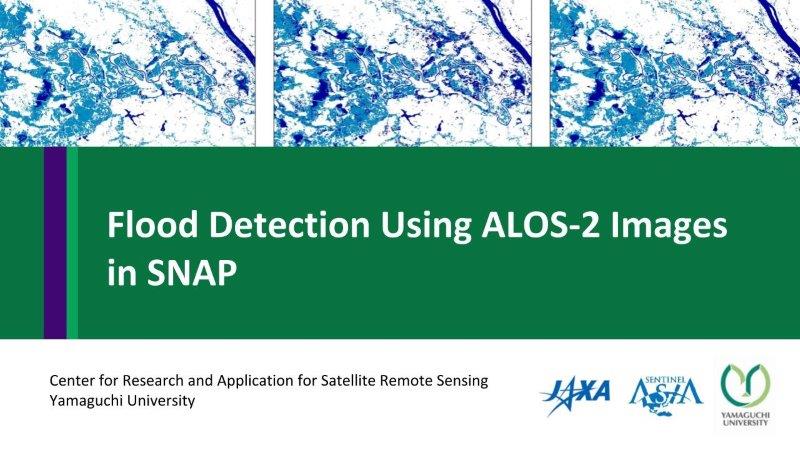
This content presents how to detect water or flood areas using ALOS-2 images before and during floods. First, it shows how to calibrate intensity to dB, find threshold value and...
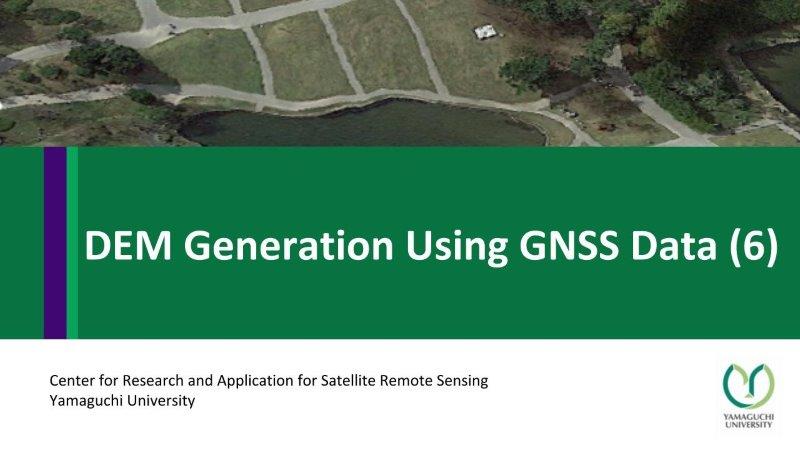
This content shows how to create a digital elevation model using GNSS data and create a 3D model.
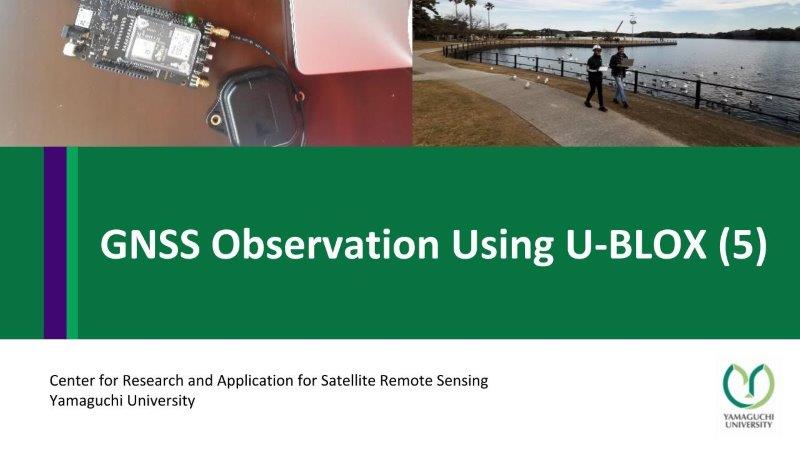
This content shows configuration and data collection from U-BLOX receiver, field observation and how to process static and kinematic positioning.
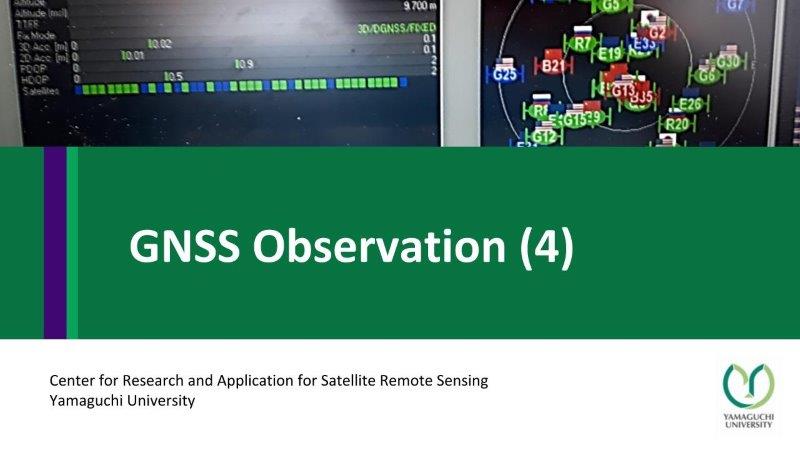
This content presents GNSS observation by two main positioning solutions including kinematic application for movement and static applications for more accurate measurement. Moreover, survey method and procedure guidelines are described...











